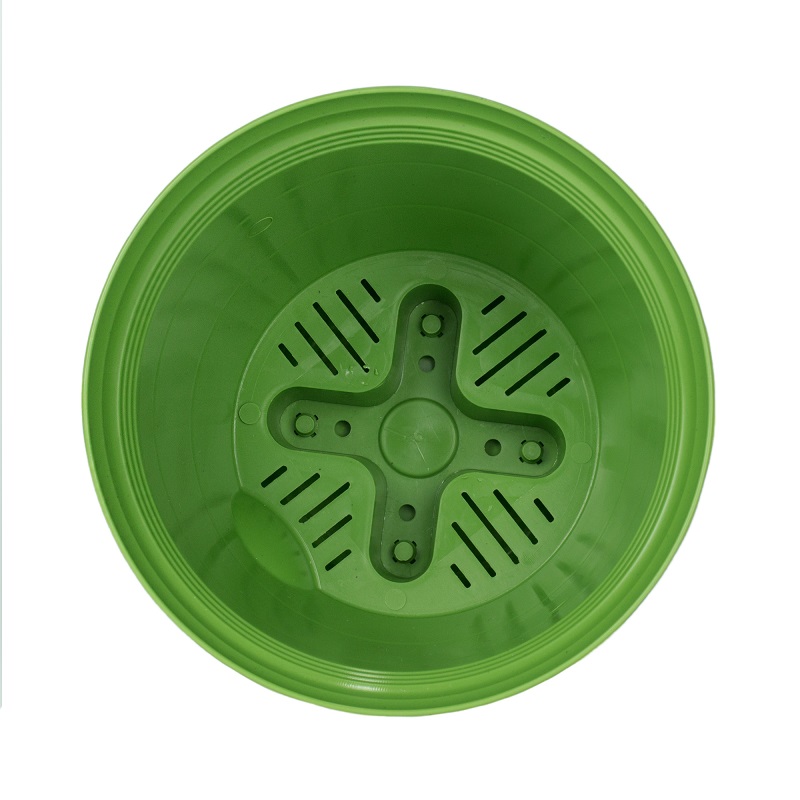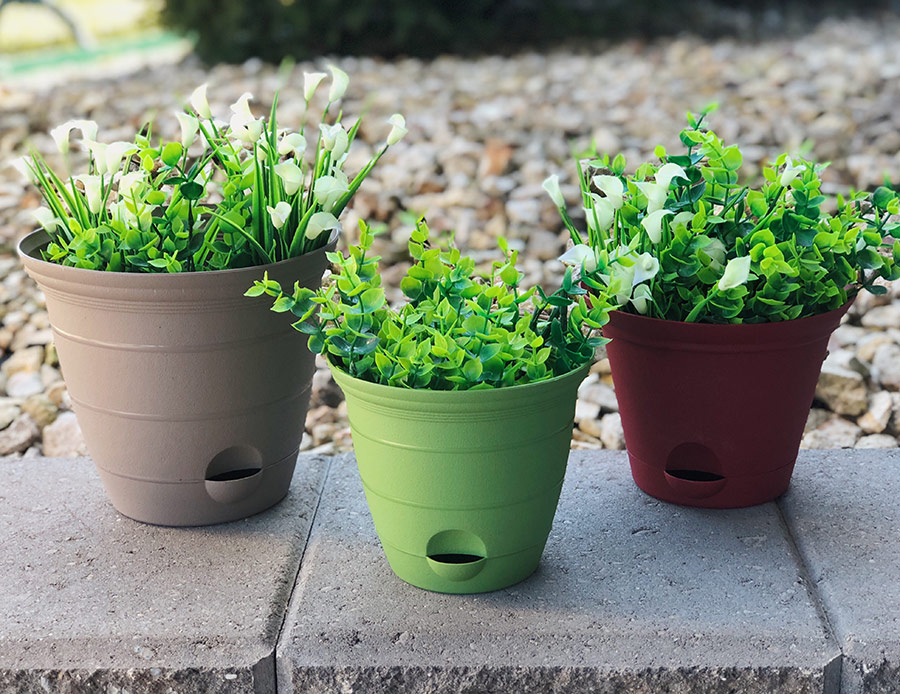For those who can hardly keep a houseplant alive, the idea of a self-watering planter seems too good to be true. The biggest issue many people have is that they either overwater or underwater their plants, and that’s where these helpful containers come in.
So, how do self-watering planters work, you ask? Let’s dive in!
The Science Behind Self-Watering Planters
Before using a self-watering planter, read the label. Some planters require you to water from above to completely moisten the soil. Once the soil is damp all the way through (usually after a week of normal watering), you can start adding water to the bottom reservoir.
A wicking effect then draws water up from the reservoir to keep the soil moist. Plants only draw the amount needed, which makes this type of planter extremely effective. If you were to ask your grade school science teacher, they’d explain that these planters work because of capillary action—or, the way water molecules adhere to each other to create a wicking effect. (Think of wiping up a spill with paper towel and the way it spreads throughout the paper’s fibers).
The ventilated base promotes healthy growth by allowing aeration and doesn’t let your roots sit in the reservoir’s water.
Benefits of Self-Watering Planters
MADE FOR ALL SKILL LEVELS. Beginner gardeners and green thumbs alike can appreciate the convenience these planters provide.
GREAT FOR TRAVELERS. If you like to take spontaneous weekend getaways, you won’t have to worry about wilted plants when you come home.
PREVENTS ROOT ROT. Plants won’t get oversaturated with water, which is the main culprit of root rot.
![]()








